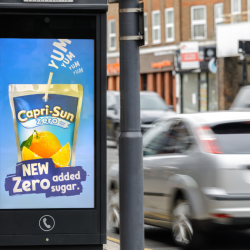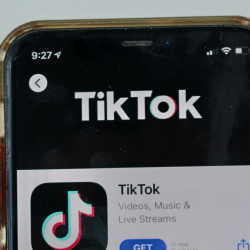With a UK election around the corner and a US one hot on its heels, it is not surprising that politics, and those that help us navigate it, is back on our minds. Two publications recently power listed the top ‘spinfluencers’ on both sides of the pond: a Cavendish report and an article in The New Republic. The UK list is topped by Laura Kuenssberg and Owen Jones, two journalists for the venerable Beeb and The Guardian, respectively.
On the face of it then, perhaps nothing much has changed since the faces of BBC political coverage like Jon Snow, Nick Robinson or Jeremy Paxman were all we needed. But when we look lower down the lists, we see the increasing power of unaffiliated spinfluencers — people who social media has enabled to run their own media outlet at scale.
Chief among these, is Nigel Farage, that famous brexiteer, whose personal following (1.9m on X) is triple that of GB News, the media channel he occasionally appears on. Indeed, media power and political power look like two sides of the same spinning coin for Farage, who, since the list was published, has thrown his hat back in the ring, now as leader of Reform. But I want to draw attention to niche names you may not have heard of; like podcaster Ava Santina or PR man, Adam Brooks. Neither are journalists currently hired by current mainstream media, yet manage to achieve a significant level of ‘spinfluence’. There are many more on both lists.
So what’s going on? How has such a hotly contested space as current affairs allowed new entrants to disrupt the old media?
As usual, the answer is the same as it has been for a while — it’s the internet, stupid. This time we point the finger at the social media algorithms that distil the multiple sources we follow into a single news feed. It is this that has allowed editor-less polemicists to cut through to our attention radar. When we scroll our feeds, we no longer just consume opinions the mainstream media editors have sanctioned, we consume what’s getting traction among our peers. Spinfluencers in the long tail of ideas know this, and build a follower base because of it.
Gone are the days when you could ‘trust the Beeb’ for your coverage of all that is essential in politics — now we live in a fragmented media landscape, centralised and personalised in an algorithmic news feed on your smartphone. So, if we understand influence as the ability to make us change our minds on political issues, then these spinfluencer power lists, and in particular those outside the top 5% (who we all already know) are now much more important for us to track and understand.
We can’t dismiss the little fish any longer.
Beyond this, for MediaCat readers looking to create their own brand awareness and traction I think there’s an oft-overlooked insight here that the reports highlight: it’s not just how many people follow you that matters, it’s who. In the Cavendish list, a percentage of each spinfluencers score is given based on the number of MPs who follow them. The ability to engage a politician’s attention through their personal social media feed is a worthy prize indeed.
For each brand, it must then follow that there is likely to be a small subset of people it is worth being followed by — industry specialists, legislators, journalists, politicians, grocery chain buyers or perhaps even spinfluencers.
Tracking who follows you and optimising to get more follows from that niche target group, is an underused marketing technique for MediaCat savvy readers to gain reach, by influencing the influencers. Worth thinking about and adding to the social media dashboard.
In old money, we might have called it PR.
Featured image: George Milton / Pexels


































